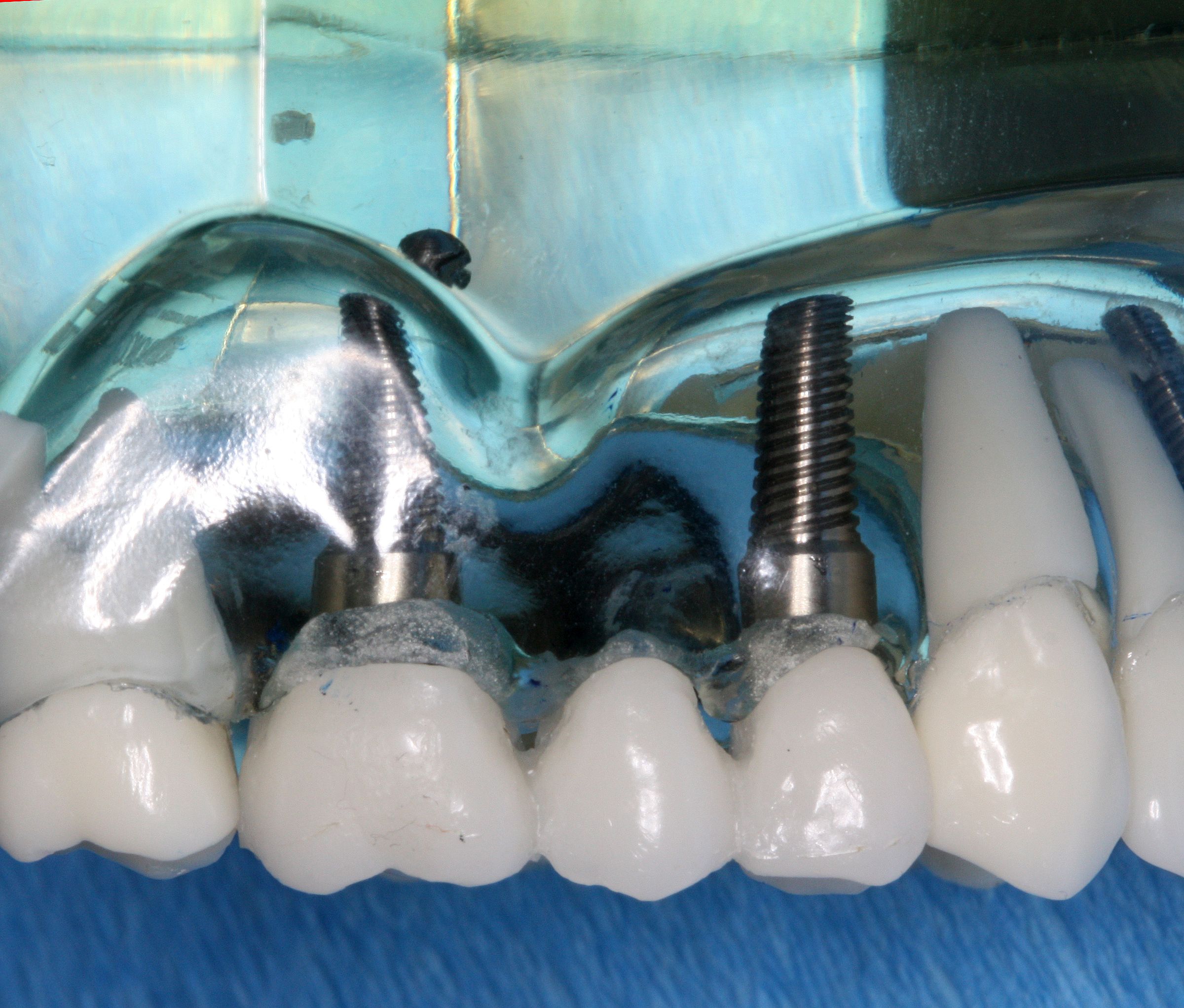A dental bridge is a row of dental crowns that is meant to replace two or more missing teeth that are next to each other. All dental bridges are made up of a base that is covered by some kind of resin or artificial gum like material, and all of them feature a row of dental crowns. There are numerous ways in which dental bridges can be made and placed in the mouth, and that’s why there are different kinds of dental bridges. Below is an overview of the 4 main kinds of dental bridge when subdividing according to how they are stabilised and how they are placed in the mouth. By reading up and knowing about these kinds of dental bridges, you will be able to choose the right one for your circumstance, and will be able to make more informed decisions regarding your dental work.
Traditional bridge
The traditional bridge looks like a couple of teeth next to each other. It has two supporting crowns that have to go atop existing, real live teeth, that are usually whittled down a little and shaped to be able to accept the dental bridge. This type of dental bridge can only be used if there is at least one tooth on each end of the gap we are trying to replace with this dental bridge.
Cantilever bridges
Cantilever bridges work just like the traditional bridges do, but they only need to be stabilised on one end, meaning you only need one tooth that the bridge is stabilised on. This kind of dental bridge is very rarely used, as a cantilever bridge puts too much pressure on the single supporting tooth, leading to failure, as the tooth is likely to break or otherwise become unable to hold the entire dental bridge.
Maryland bridge
This is also sometimes called a flying bridge, because they have little wings on the ends of them that are placed on the teeth that are next to the gap you are wishing to fill. This requires much less intervention and requires no loss of tooth material and as such, it is a preferable method for those that are worried about losing too much tooth material. This kind of dental bridge is bonded, and this is its biggest advantage and disadvantage: this kind of dental bridge is also likely to come loose because it is bonded.
Dental implant supported dental bridges
A dental implant supported bridge is the best way to replace missing teeth, as it is the only method that will make sure that all parts of the teeth, including the tooth roots, and thus tooth loss as a condition will not arise from a failing alveolus. The other methods will not stop further tooth loss. The main disadvantage is that it is more expensive than other types of dental bridges, but they make up for this shortcoming by providing a kind of dental treatment that will last longer and be more stable than any other dental bridge can be.


